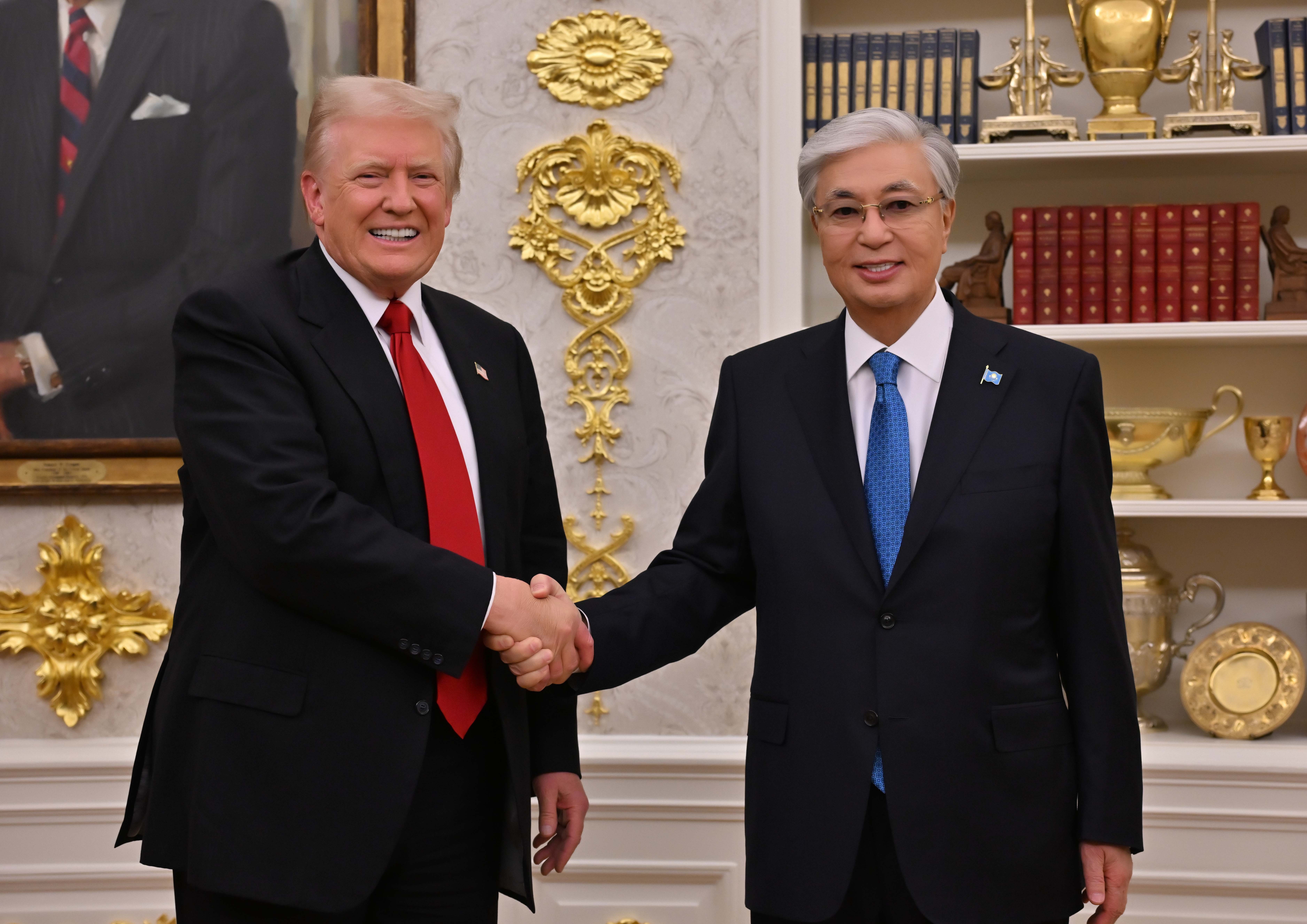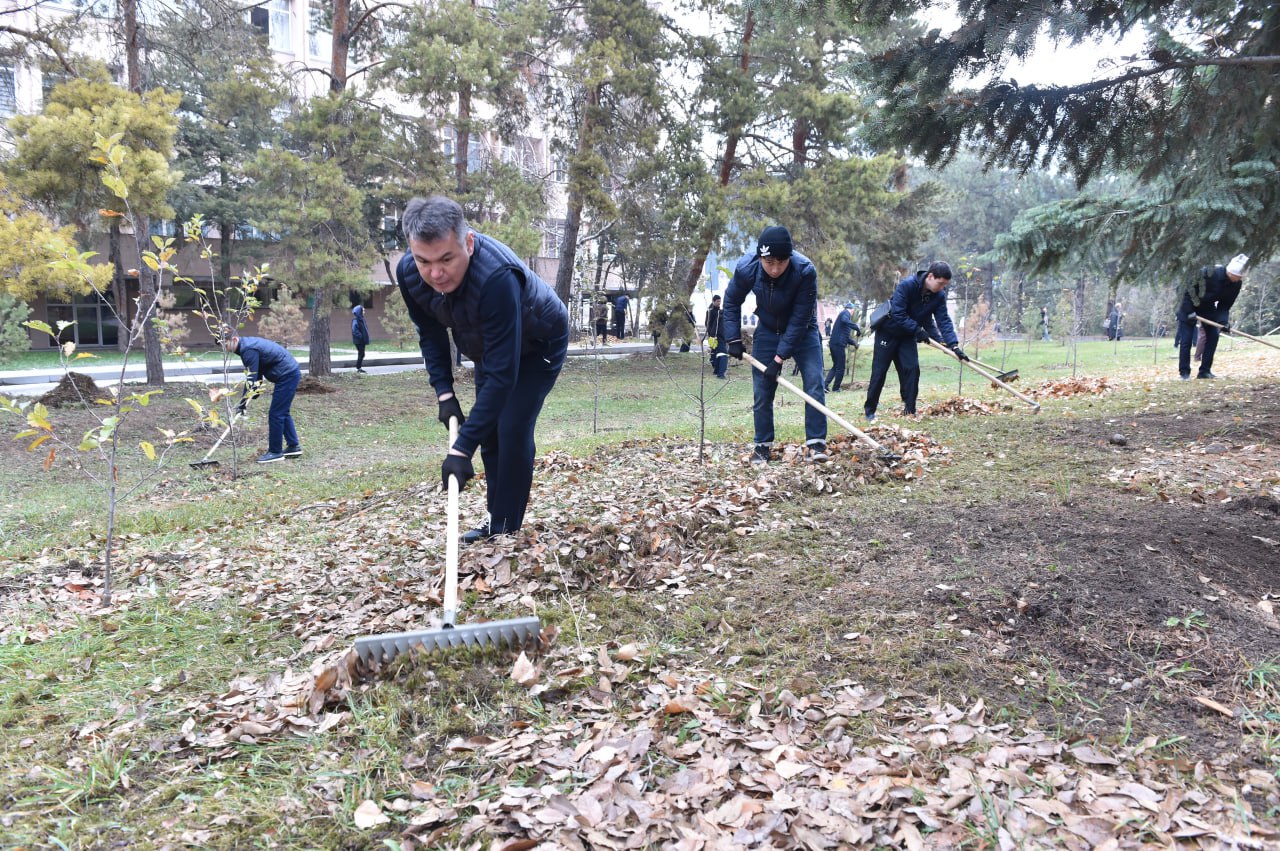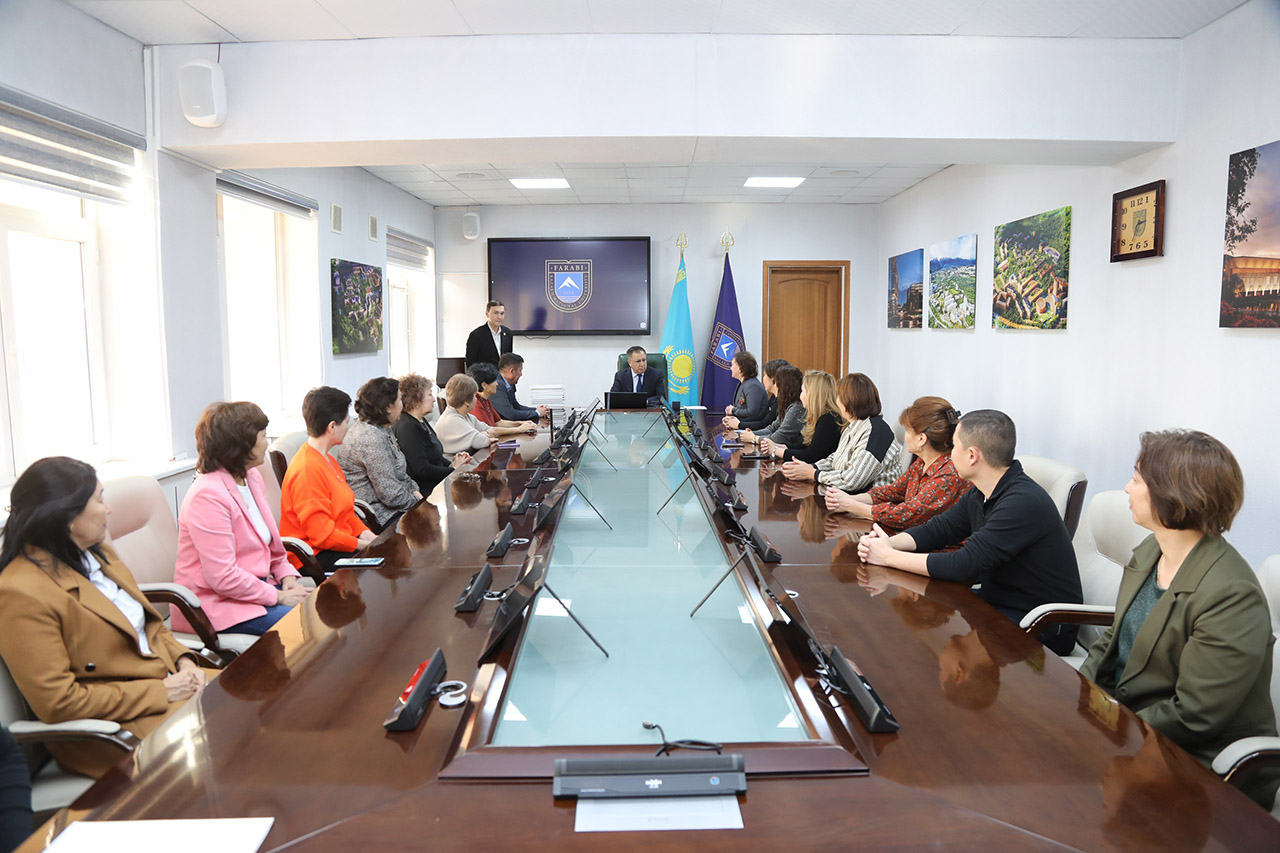Dialogue of Equals: How the Diplomatic Language of Central Asia Is Changing

At first glance, the meeting of the President of Kazakhstan Kassym-Jomart Tokayev with the President of the United States Donald Trump at the White House fits into the familiar diplomatic logic. At the meeting there were ritual formulations about strategic partnership, traditional statements about mutual support, and an exchange of compliments. Finally, there was also the signing of agreements.
Such events, as a rule, serve as a symbolic confirmation of the status quo. Usually great powers confirm their leadership, while small states demonstrate loyalty. As a result there appear photographs against the background of flags and laconic press releases. However, already in the details of the official communications a shift of the semantic centre could be discerned.
Tokayev thanked the American leader not for “supporting reforms” or for “efforts for regional security,” but for rationalism and common sense (Trump, according to the President of Kazakhstan, “is returning to world politics”). At first glance, such a formulation goes beyond the usual diplomatic etiquette. It is not from the bottom up, but from the position of an equal observer. He seems to share the same values but acts in a different geopolitical environment. Such a turn of language, that is, from request to recognition, substantially changes the very geometry of the dialogue.
Nevertheless, an alternative interpretation remains possible. For example, a number of experts in Russia regarded these words as a manifestation of “Oriental eloquence.” Apparently, it was aimed at strengthening pragmatic relations with Washington. From their point of view, behind the compliments stands not equality but a cautious game. In other words, this was perceived as a desire to avoid sanctions and to maintain a balance between centres of power.
The interpretation supports the old paradigm: small states are forced to manoeuvre between superpowers. In the course of the dialogue they use rhetoric as a means of survival. It is precisely at this point that there arises a kind of struggle between two semantic lines. The first is the conservative one, which sees in the visit a continuation of diplomatic hierarchy. Kazakhstan in this sense acts reactively. The second is barely outlined. When Kazakhstan is shown as a subject of a new logic. Here there is pragmatism and technological character, relying not on ideology but on infrastructure and mutual benefits.
On the one hand there is the “polite realism” of the old pattern, and on the other—the new “asymmetrical diplomacy of equals.” In it, it seems, the language of compliments turns into the language of negotiations. And only when, at the end of the text, agreements on critical minerals, the Middle Corridor and investments of $17 billion are mentioned does it become clear that behind external politeness there was a different content. Analysing President Tokayev’s speech reveals a transition from symbolic dependence to infrastructural autonomy.
The signed agreements amounting to 17 billion dollars concern not military supplies, not humanitarian programmes and not even political consultations. Here the issue was infrastructural and resource projects. Such an emphasis is rarely encountered in the bilateral relations of the United States with the countries of Central Asia, where questions of democracy usually prevail. At times issues of security or energy in the narrow sense were considered.
Here, however, we are talking about economic and technological interaction. Notably, the discussion ranged “from critical minerals to transit routes.” Especially noteworthy is the memorandum on cooperation in the sphere of critical minerals. It was signed in the presence of Tokayev.
This document fixes Kazakhstan not as a recipient of American technologies, but as a supplier of rare-earth resources and competencies. They, as world trends show, are necessary for global production chains.
The position of a “resource donor of the technological world” goes beyond the familiar scheme of post-Soviet dependence and begins to form a new architecture of interaction. Now the initiative comes not only from Washington. Another point that is important to examine is related to how Tokayev introduces into the agenda the concept of TRIPP, the “Trump Route for International Peace and Prosperity,” linking it to the development of the Middle Corridor. Such a juxtaposition is a rare case when a Central Asian leader inscribes a national project into the global strategy of a great power. Moreover, this is not a peripheral addition, but a logistic core. To many experts this situation appears such that without it this strategy is incomplete.
It is also important to pay attention to the words of Kassym-Jomart Tokayev that President Trump is “a great leader sent from above to return common sense to politics,” which elicited a wide range of reactions. It is important to understand that this is no longer the language of requests, but the language of values. Here diplomatic etiquette turns into a certain pragmatic emotionality. Tokayev demonstrates a way to declare equality without violating subordination.
When the analytical gaze returns to the very beginning, that is, to the shots from the White House, to the speeches and exchange of remarks, there arises a sense that the meeting of Tokayev and Trump was not another episode of the diplomatic calendar. Behind the protocol smiles there appeared a different meaning. From the footage it was visible not a demonstration of force, but a test of maturity. Kazakhstan in this dialogue acts not as a petitioner and not as a pupil. From President Tokayev it was evident that he was an equal partner capable of speaking the language of great powers without imitating them. President Tokayev maintained his own style of reasoning: moderate, logical, without excessive emotions, but with inner dignity.
On the surface everything looked traditional. There were mutual expressions of gratitude, signatures under agreements, general statements about stability and prosperity. But if one listens to the subtext, it becomes clear that it is not simply about new agreements. A new type of diplomatic thinking has appeared, where pragmatism becomes a moral category. At the same time the emotional tone becomes a means of building symmetrical relations. It is for this reason that the phrase “a great leader sent from above” ceases to be flattery.
It turns into a code of respect for rationality. Moreover, it was common to both leaders. From today’s materials in the media it can be understood that Trump is no longer perceived as a symbol of force, but as a bearer of pragmatic philosophy. Kazakhstan in this sense also intuitively strives for this in its own foreign policy. In this is born a form of equality.
Thus the meeting at the White House becomes not a continuation of the hierarchical logic of American dominance, but a demonstration of a new model. The model represented mutual pragmatism, in which rhetoric, economy and symbolism merge into a single language of political maturity. Kazakhstan turns out to be not in the orbit of someone’s influence, but at the centre of its own system of coordinates.
Author:
Maltabarov Arsen Askaruly
lecturer at the Department of International Relations and World Economy,
Faculty of International Relations,
Al-Farabi Kazakh National University
photo: https://www.akorda.kz

Other news


